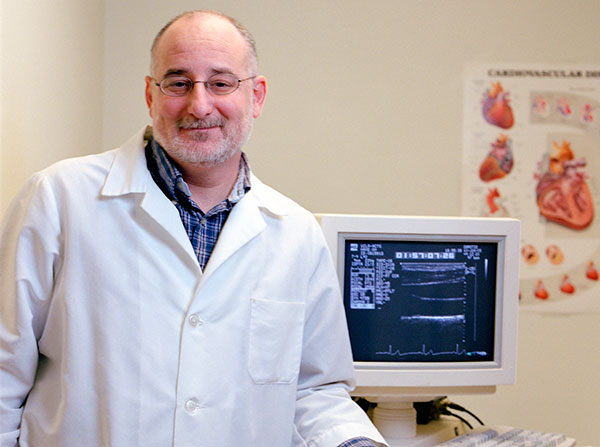
Howard Hodis, MD
To gather data, researchers conducted the Early versus Late Intervention Trial with Estradiol (ELITE), an NIH-funded study. More than 600 postmenopausal women with no history of cardiovascular disease or diabetes were stratified into two groups: early postmenopause (women who were within six years of menopause) and late postmenopause (women who were 10 years or more beyond menopause). Women in each group were randomly assigned to receive either oral estradiol (with progesterone vaginal gel for those with a uterus) or a placebo (which included a placebo vaginal gel for those with a uterus). Every six months, subclinical atherosclerosis was assessed with measurement of carotid artery intima-media thickness (CIMT).
After a median of five years of hormone therapy, women in the early postmenopausal group who were taking estradiol, with or without progesterone, showed significantly slower rates of CIMT progression, meaning they developed build-up within the arteries at a slower rate, when measured against those taking the placebo. However, the late postmenopausal group showed essentially the same rates of CIMT progression between those taking estradiol and those taking the placebo.
“The ELITE results, in context with decades of studies on hormone therapy and vascular degeneration, provides strong evidence that the cardiovascular benefits of hormone therapy are dependent on timing of initiation,” said Howard N. Hodis, MD, director of the Atherosclerosis Research Unit and professor of medicine and preventive medicine at the Keck School of Medicine and principle investigator of the study. “The stratification of participants into early and late postmenopause was a unique feature of ELITE. We believe that applying this design to further examination of heart disease prevention could ultimately prove immensely fruitful for women’s health.”
“ELITE provides proof of concept and first direct evidence from human investigation that timing of hormone therapy is imperative for success in the prevention of atherosclerosis progression, the primary underlying pathway that leads to heart disease and stroke,” Hodis added. “The concept of timing of initiation of an intervention is likely applicable to most preventive approaches to cardiovascular disease in women.”
Building from these data, the ELITE researchers intend to investigate why hormone therapy is more effective in the earlier stages of postmenopause and whether or not non-hormonal therapies provide the same effect. In doing so, they hope to contribute to the development of more effective, precise and target-driven therapies to prevent heart disease in women.
by Mary Dacuma